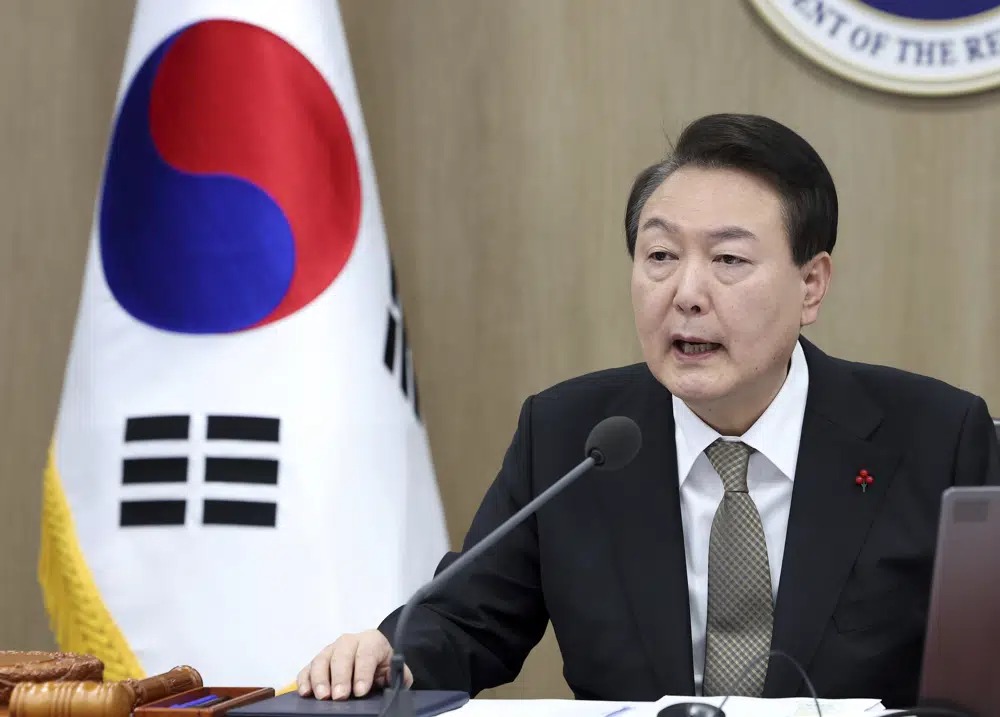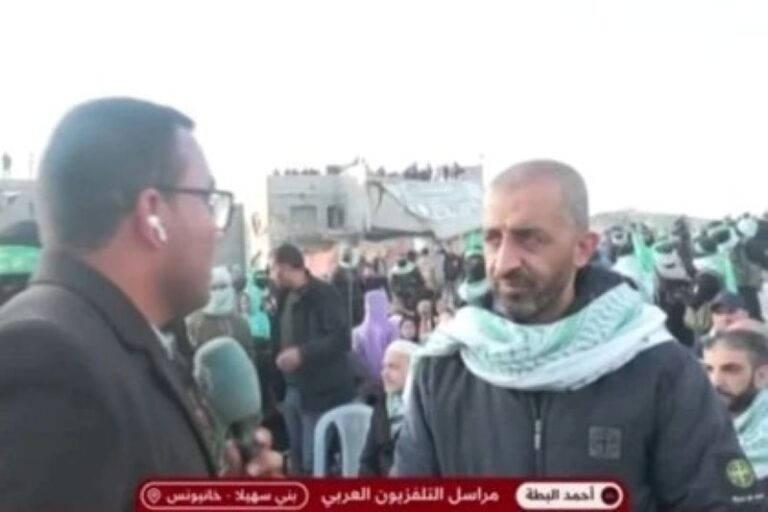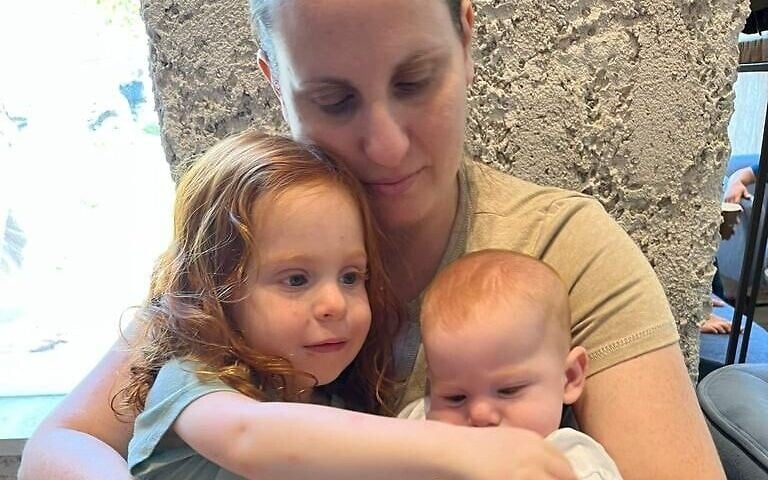South Korea’s president on Tuesday called for stronger air defenses and high-tech stealth drones while the military apologized for failing to shoot down North Korean drones that crossed the border for the first time in five years.
South Korea’s military scrambled warplanes and attack helicopters on Monday, but they failed to bring down any of the North Korean drones that flew back home or disappeared from South Korean radars. It raised serious questions about South Korea’s air defense network at a time when tensions remain high over North Korea’s torrid run of missile tests this year.
On Tuesday, the military again launched fighter jets and attack helicopters after spotting suspicious flight paths at a front-line area. A local county office sent emergency text messages notifying residents of a new batch of North Korean drones. But the military later said it was a flock of birds.
“We have a plan to create a military drone unit tasked with monitoring key military facilities in North Korea. But we’ll advance the establishment of the drone unit as soon as possible because of yesterday’s incident,” President Yoon Suk Yeol said during a regular Cabinet Council meeting. “We’ll also introduce state-of-the art stealth drones and bolster our surveillance capability.”
He said that South Korea’s military needs more intensive readiness and exercises to cope with threats posed by North Korean drones.
Lt. Gen. Kang Shin Chul, chief director of operation at the Joint Chiefs of Staff, said in a televised statement the military feels sorry because of its failure to shoot down the North Korean drones and for causing big public concerns.
Kang acknowledged South Korea lacks capacities to detect and strike small surveillance drones with a wingspan of less than 3 meters (9.8 feet) though it has assets to spot and bring down bigger combat drones. Kang said South Korea will establish drone units with various capacities and aggressively deploy military assets to shoot down enemy drones.
It was the first time North Korean drones entered South Korean airspace since 2017. The drone flights came three days after South Korea said North Korea launched two short-range ballistic missiles, extending its record testing activities this year.
North Korea has touted its drone program, and South Korean officials have previously said the North had about 300 drones. Advanced drones are among modern weapons systems that North Korean leader Kim Jong Un has vowed to procure, along with multi-warheads, underwater-launched nuclear missiles and a spy satellite.
Since taking office in May, Yoon, a conservative, has expanded regular military drills with the United States and vowed to sternly deal with North Korean provocations. He’s offered massive support plans to North Korea if it abandons its nuclear weapons, but the North has rejected his overture.
On Monday, South Korea sent its own surveillance assets, apparently unmanned drones, across the border as corresponding steps against the North Korean drone flights. South Korea’s public confirmation of reconnaissance activities inside North Korea is highly unusual and likely reflects a resolve by Yoon’s government to get tough on North Korean provocations.
Yoon used the drone incident to hit at his liberal predecessor’s engagement policy with North Korea. He said Tuesday South Korea’s military had conducted little anti-drone training since 2017, when Moon Jae-in was inaugurated.
“I think our people must have seen well how dangerous a policy relying on the North’s good faiths and (peace) agreements would be,” he said.
Moon’s liberal opposition Democratic Party accused Yoon of shifting his government’s “security disaster” to someone else. Party spokesperson Park Sung-joon called on Yoon to thoroughly disclose what he did when the North Korean drones were flying in South Korean territory.
Moon was credited with arranging now-dormant diplomacy on North Korea’s nuclear program, but also faced criticism that his appeasement policy allowed North Korea to buy time and boost its nuclear arsenal despite international sanctions. During his campaigning, Yoon described Moon’s government as “subservient” to North Korea and accused him of undermining South Korea’s seven-decade military alliance with the United States.
Earlier Tuesday, North Korea’s state media announced the start of a key ruling Workers’ Party meeting the previous day to review past policies and discuss next year’s plans.
During the meeting, Kim Jong Un called for stronger efforts to overcome hardships and challenges facing his country. But he still claimed North Korea has reported some successes “in the arduous course” and said his country’s national strength has “remarkably” increased in military, economic and other areas, according to the Korean Central News Agency.
Some observers say Kim may need such propaganda-driven claims to draw greater public loyalty to bolster his weapons arsenal and address economic woes while facing U.S.-led sanctions and pressure campaigns to curb his nuclear ambitions.
The North Korean Workers’ Party meeting is expected to last several days, and Kim will likely address issues such as his arms buildup, relations with the United States and the economy in later sessions.
(AP)











